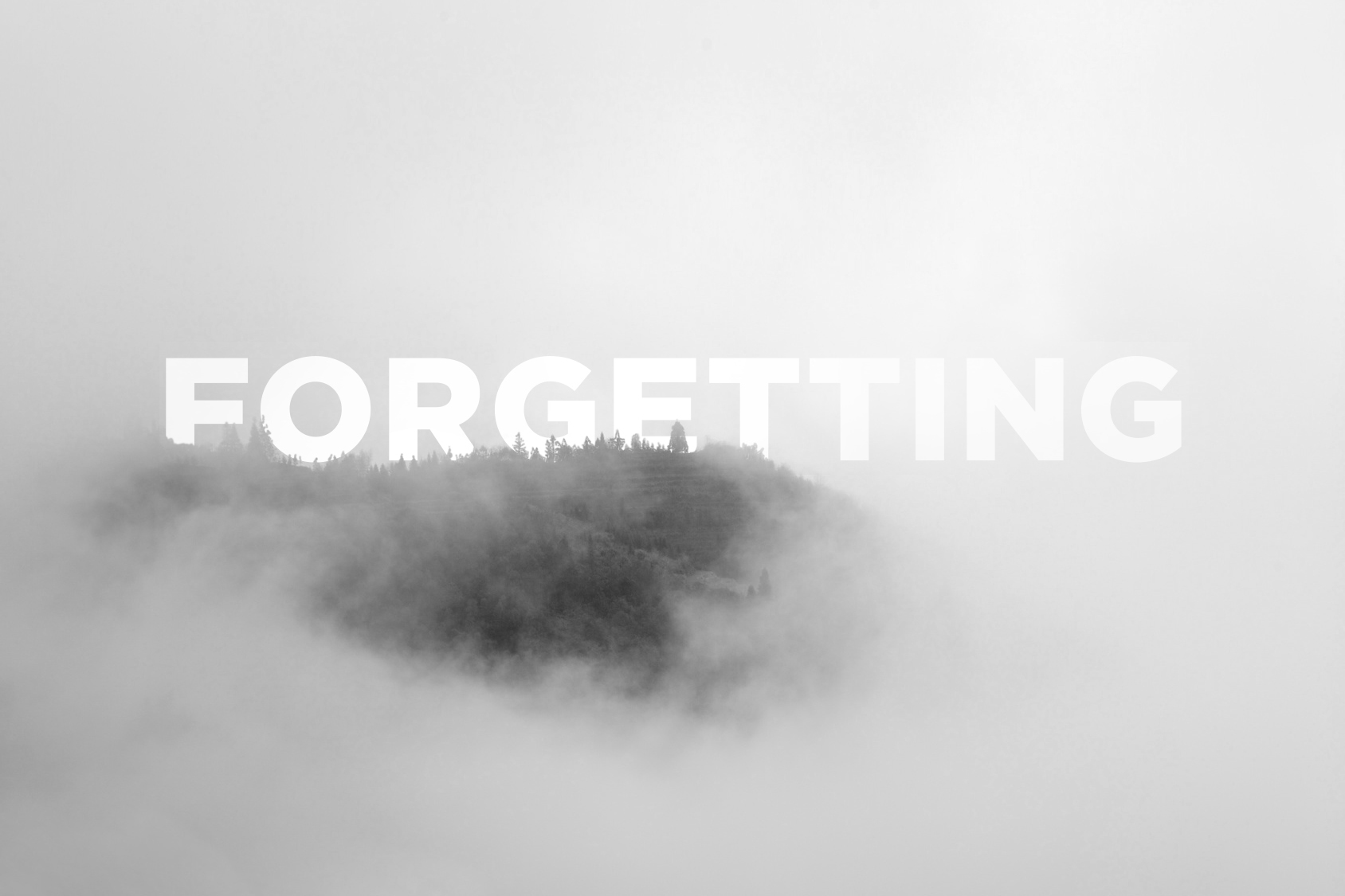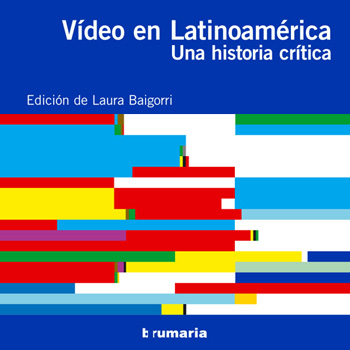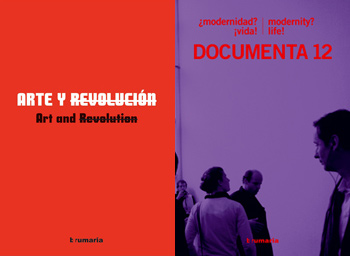Issue no 12: ART AND TERRORISM
Brumaria: artistic, aesthetic and political practices.
C/ Santa Isabel, 28
28012 – Madrid
Spain
+34 915280527
War, terrorism and counterterrorism form a part of our time and our lives. Whether we like it or not, the artistic, aesthetic, and political material of the topic presented in this volume is far from being exhausted.
Every day the media bombards us with information about terrorist attacks, military offensives and political declarations. The majority of the time these events are directly related to intervention campaigns headed by the United States in the Middle East, particularly in the case of its reaction to the attacks of 11 September 2001, the ‘War on Terror’.
It is not possible to separate contemporary art from the world in which it is produced and perceived in the same way that we cannot live in isolation from reality and our fellow humans.
The conflict to which we are continuously referring is the ‘War on Terror’. ‘Terrorism’, then, may be considered a very problematic key term. In the present volume we have compiled a series of texts that, from the vantage of theory and visual culture, directly discuss this term.
There are great differences, especially thematic, among the sixteen texts we have chosen, but we can group them up along three distinct axes. On one hand, we find ourselves with the terror of the RAF, examined in the 2005 Kunst Werke exhibition Zur Vorstellung des Terrors: Die RAF-Ausstellung in Berlin, and contextualised in Slavoj Žižek and Peter Weibel’s essays. On the other hand, we have Horacio González and Lila Pastoriza’s articles that get straight to the difficult political and cultural question of ‘what to do?’ with the remains of the tragically infamous ESMA, touching on Argentina’s dramatic problem of State terror and its memory.
Both these axes, together with the Mike Davis’s unclassifiable work on car bombs, are of great help when it comes to contextualising and tracing the historical antecedents of the current international predicament which we refer to in the third block, focused on the events of the last six years and formed by the majority of materials here presented (Marius Babias, Ross Birrell, Bernardette Buckley, Boris Groys, Ken Neil, W. J. T. Mitchell, Khaled D. Ramadan, Retort, Irit Rogoff, James A. Walker and Joseba Zulaika).
Who are really our enemies in this conflict if we apply the Hegelian notion that what is projected in the Other is that which constitutes the Self? How does this global terrorism affect our geopolitical perception and our cultural coordinates? Is not terrorism the means of combat that is historically most coherent given the position of the media’s control, something which, half a century ago, Guy Debord called the ‘society of spectacle’? These are some of the important questions proposed to us by the materials of this volume; but what art can do in an historical moment in which our vision is becoming increasingly dominated by media-produced images of terrorism is probably the fundamental question that we have to ask ourselves upon seriously confronting the intersections between art, aesthetics and politics.
Contents
Marius Babias. Zones of Indifference. The World in a ‘State of Exception’. On the Relations of ‘Populism’, ‘Public Sphere’ and ‘Terrorism’
Ross Birrell. The Gift of Terror: Suicide-Bombing as Potlatch
Bernardette Buckley. Terrible Beauties
Mike Davis. Buda’s Wagon: A Brief History of the Car Bomb
Horacio González. Shadows of the Building: Construction and Anti-Construction
Boris Groys. Art at War
W. J. T. Mitchell. Cloning Terror: The War of Images, 9/11 to Abu Ghraib
Ken Neil. Double Trauma: Mute Art of Terror
Lila Pastoriza. Memory as Public Policy: The Axes of the Debate
Khaled D. Ramadan. Suicide-Bombers/Martyrs’ Videos and Site-Specific Art
Retort. Afflicted Powers: The State, the Spectacle and September 11.
Irit Rogoff. Engendering Terror
James A. Walker. A Terror Lexicon: Shadows, Places and Ghosts
Peter Weibel. Theories on Violence
Slavoj Žižek. Discomfort in Democracy
Joseba Zulaika. In Cold Terror: Capote versus the Counterterrorists.
Brumaria is an independent and unofficial Spanish project whose research focuses on the relations between art, aesthetics and politics.


